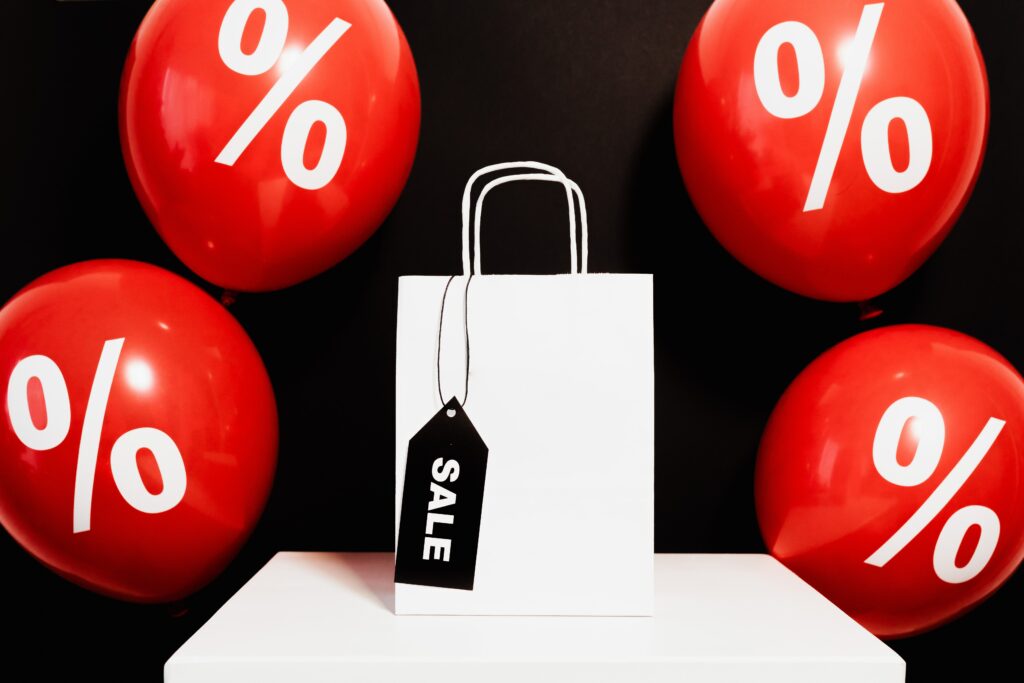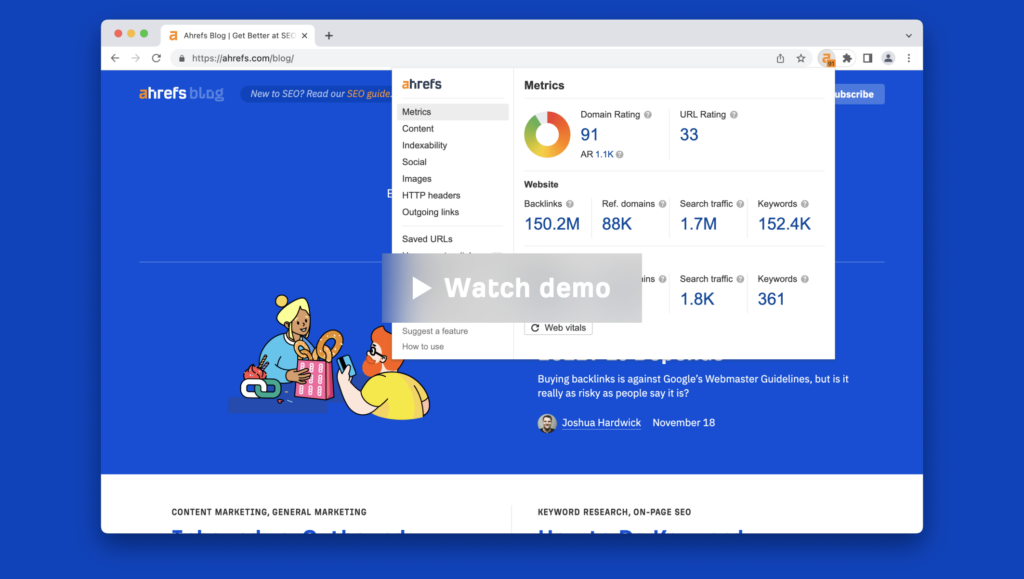E-commerce is one of the fastest-growing industries in the world. With digital processes and online shopping creating an efficient and accessible solution for people to invest in services and purchase goods. But with e-commerce comes a constant stream of updates, customer demands and new competitors, with seasonal periods being a prominent time in which businesses and brands can relish online resources. From Halloween to Christmas festivities, seasonal e-commerce is a great way to expand marketing efforts, take advantage of online shoppers and expand online growth. Here are some key tips and tricks to maximise your seasonal marketing efforts.
What is e-commerce seasonality?
E-commerce seasonality is a rather simple concept and refers to the fluctuations in customer purchasing behaviour that transpire throughout the year. During some periods of the year, sales are incredibly slow, whilst other periods bring masses of customers with businesses having to adapt their processes and way of working.

Tips for seasonal e-commerce
Create holiday-specific content and resources
Shopping online can become a rather stressful task, especially during a seasonal event such as Black Friday or Cyber Monday, with every brand pushing the same message. But how can your e-commerce store stand out in such a crowded time frame?
By customising the holiday shopping experience and creating holiday-specific content, you are not only making the user experience more enjoyable and navigational but your website will also be more organised and easier to maintain. During seasonal periods, online stores will create new sections to shop that have specific products to ensure customers can find exactly what they are looking for. This also gives the opportunity to invest time in seasonal SEO and implementing relevant keywords and technical marketing features.
Using time-sensitive techniques
Although you don’t want to confuse and stress customers out, there is also the element of time sensitivity and using certain techniques to encourage sales and implement a sense of urgency. This is always effective around seasonal periods as many shoppers will be purchasing things last minute, will want to be organised or will be after something specific and won’t want to miss out. Techniques include offering time-limited promotions and sales and using interactive timers or banners to emphasise the time frame.
More flexible return policies
A poor returns policy can deter customers from buying from your store, especially during seasonal periods where they might be bought in advance or for someone else or for things such as fashion and jewellery. If your store encourages trust, they will be willing to spend more money on your products and keep coming back.

Adding content to the checkout
The checkout is a great place to encourage customers to buy more. Many online retailers use techniques such as ‘ spend £3 more for free delivery ‘ or ‘ you missed an offer ‘ to motivate customers to go back and add more to their cart. It’s also a great idea to add the products that the customers previously looked at to remind them of what they found to add a sense of personalisation.
Read more: How to streamline the checkout process to reduce checkout abandonment.
Producing seasonal content
Just like your normal e-commerce marketing strategy, you need supporting content during this time to push keywords, add relevance and improve your digital presence. To accompany your products and website changes, there is also a need for content such as social media marketing, blog creation, newsletters, printed marketing material and UX design. Many businesses may also revamp their whole website by adding animations, changing colour schemes and fitting into the current season.
Holiday bundles
The majority of the time, if someone is shopping for someone else, especially during seasonal periods, they will be buying more than one gift, so creating holiday bundles is an amazing way to sell more products, in one transaction. This can include designing full collections or just manually pairing products together that complement each other or fit a similar theme. For example, stores such as Boots may create a holiday bundle of body moisturiser, a candle and hand cream, all of which have similar scents or aesthetics. Customers will also prefer to order from one place, meaning they don’t need to pay for postage again or keep scrolling.



